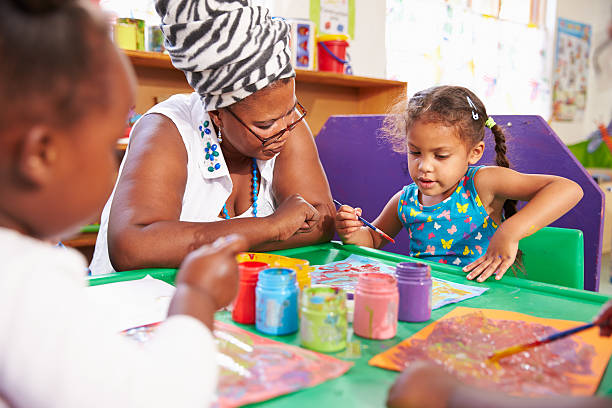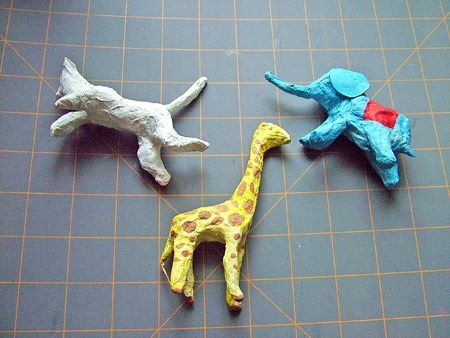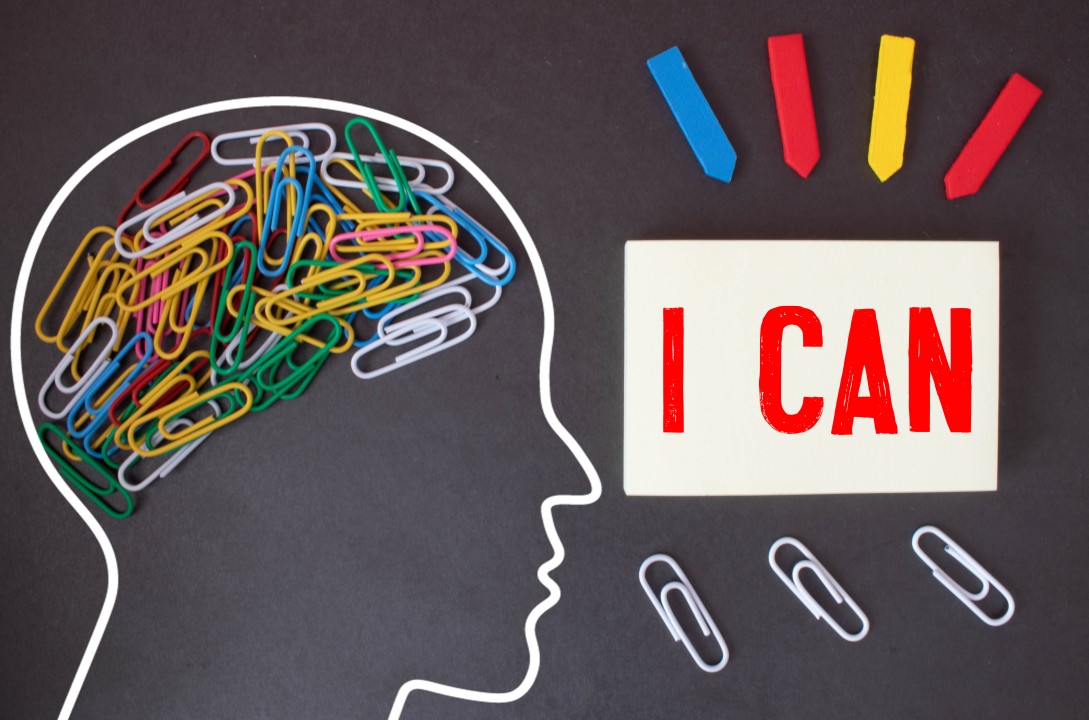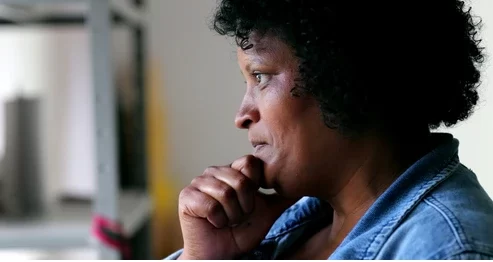Active listening is a valuable communication skill that enhances understanding and minimizes the potential for conflict. When we genuinely show that we are actively listening, it creates a more rewarding interaction for both parties involved. Listening is a good attribute, as it also enhances knowledge.
Advice No. 1
Listening without passing judgment or jumping to conclusions is essential for effective communication. Emotional reactions can hinder the ability to understand the message or the subject matter. So it’s crucial to stay focused on listening. Additionally, avoiding assumptions about what will be said next promotes an open and unbiased exchange of ideas.
Advice No. 2
Avoiding the imposition of personal opinions or solutions is key when someone is sharing their thoughts or feelings.
It can be more rewarding to provide a listening and supportive presence than to offer advice, especially when someone is dealing with issues like health problems. Allowing them to express themselves and share their emotions can be more beneficial than offering suggestions.
Advice No. 3
Maintaining focus during a conversation is crucial for effective communication. Repeating the speaker’s words mentally can reinforce the message and aid concentration.
In conversations, it is important to minimize distractions as much as possible. For instance, one should refrain from interjecting, introducing other subjects, or checking one’s phone—an attentive listening experience.
Advice No. 4
Asking relevant questions is a valuable way to demonstrate active listening and ensure a clear understanding of the conversation.
If there is uncertainty about the speaker’s message, waiting for a pause and then seeking clarification through questions like “Did you mean that x…” or expressing uncertainty with “I’m not sure if I understood what you were saying about…” can be helpful.
Open-ended questions such as “How did that make you feel?” or “What did you do next?” encourage further expression and deepen the conversations.
Remember to always listen to every detail.
(With additional materials from the British Heart Foundation.)







































Leave a comment